How to choose a pillow – three sleep experts reveal the secret formula to finding the right pillow for you
I asked an osteopath, a sleep scientist, and two pillow manufacturers how to choose a pillow. This is their expert advice
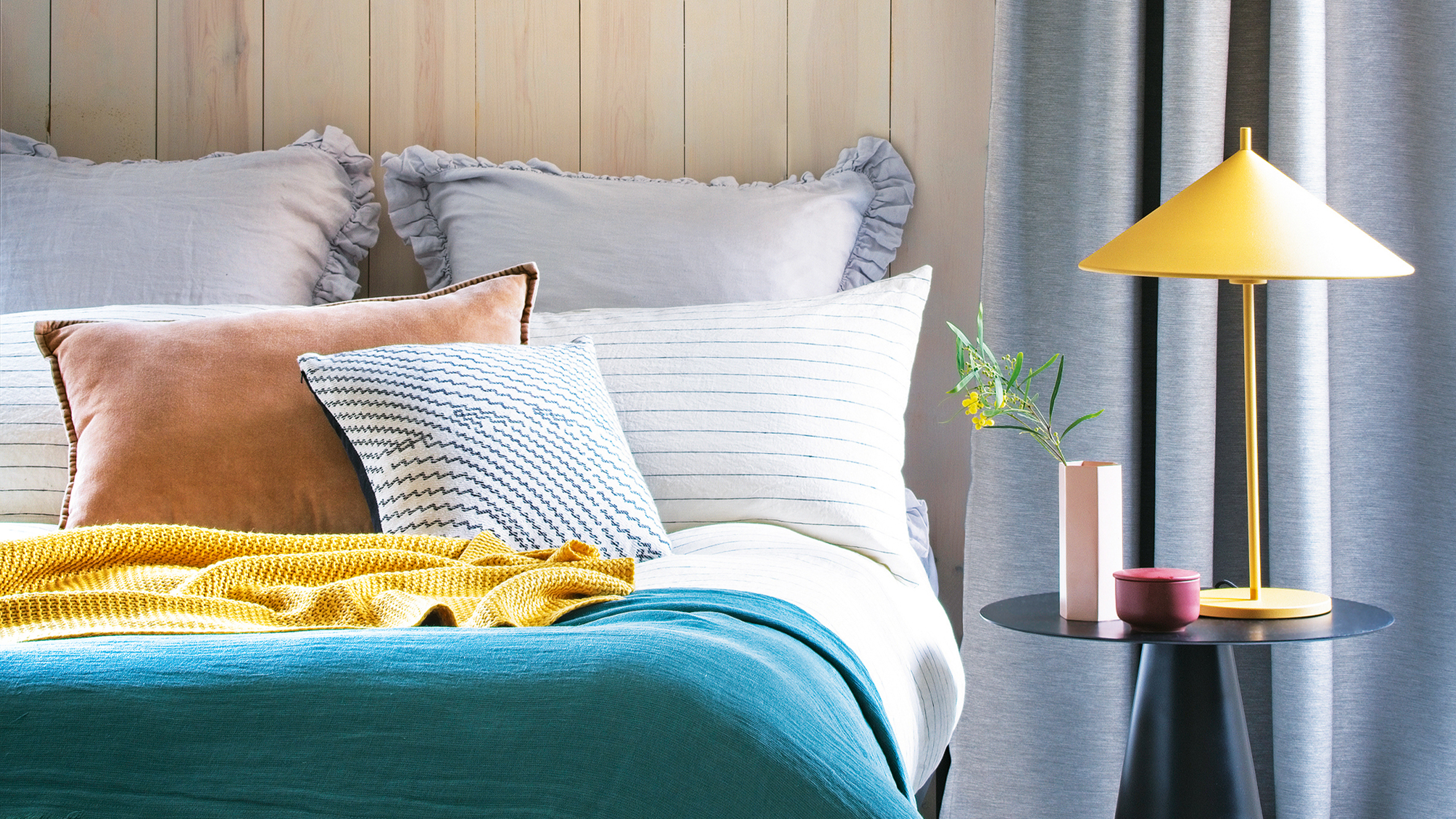

Wondering how to choose a pillow? It's a little more complicated than you might first think, but, in this guide, I'll explain the secret formula to getting this purchase right.
As Ideal Home's Sleep Editor, I've tested over 50 pillows to find the best pillows on the market, and during that process, I've learned that pillow purchasing is all about finding the right pillow for you.
That means that – just like when choosing the best mattress for your bed – what I find comfortable, may not be what you find comfortable, and vice versa.
However, there is a formula for choosing the right pillow for your needs, and along with an expert panel – including a registered osteopath, a sleep scientist, and two pillow manufacturers – I'm here to guide you through everything you need to know when choosing a pillow.
How to choose the right pillow for you
'The right pillow should not leave you with any pain or discomfort in the morning,' says sleep expert Hannah Shore, Head of Sleep Science at Mattress Online. 'I'm sure we’ve all slept in a hotel room and the pillow is just not quite right, our sleep quality decreases, and we wake up with a crick in our necks'.
The key to avoiding this is choosing a pillow that suits your sleeping position. So let's get stuck into how to do just that.
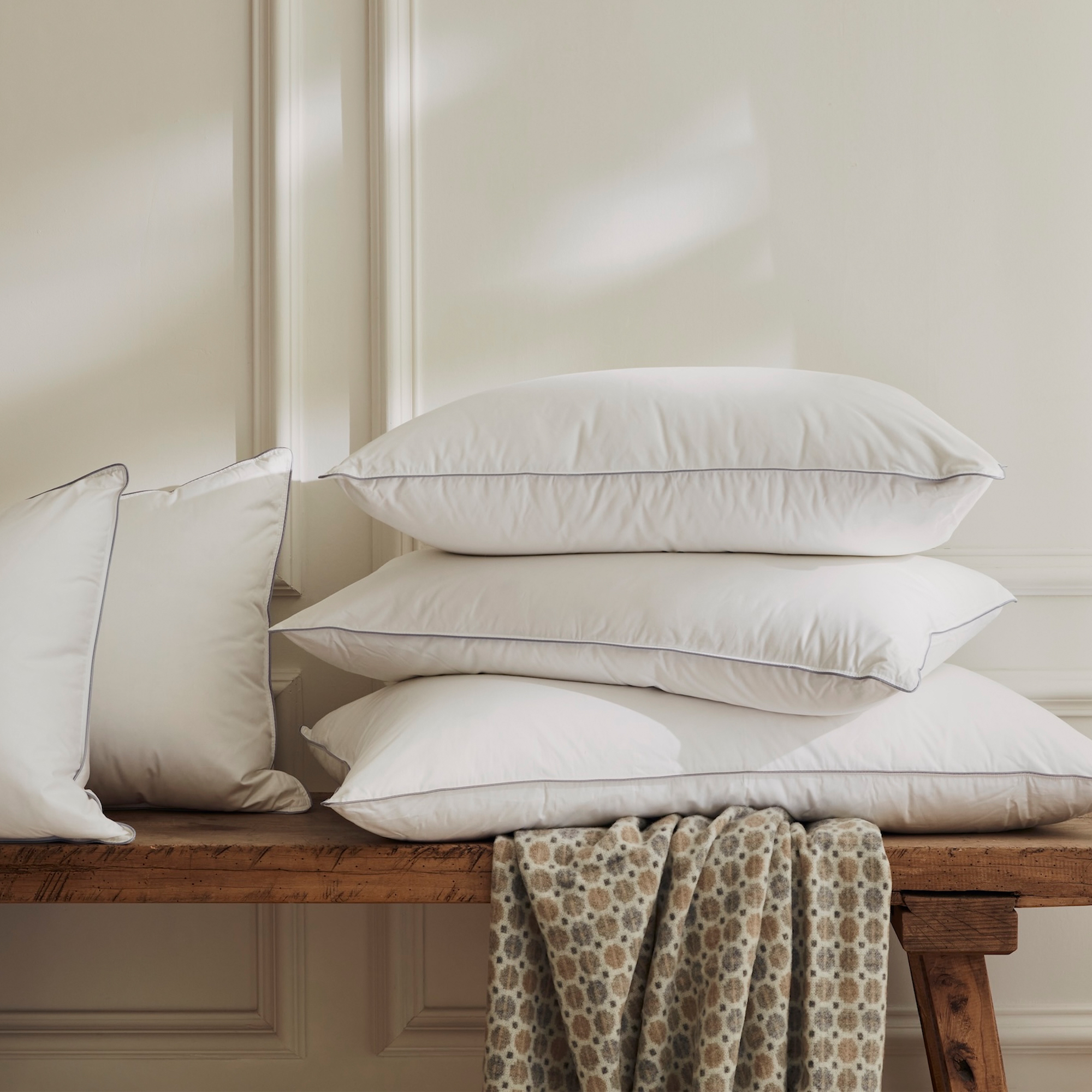
1. Consider your sleeping position
The first and most important thing you'll want to consider when choosing a pillow is what your preferred sleeping position is. That's because this dictates the pillow loft (that's pillow talk for height) that's right for you.
It might surprise you to know that when it comes to how many pillows you should sleep with, experts advise it should be just one pillow, not two, so making sure your pillow is the right height becomes even more important.
Side sleepers
'Side sleepers often need a firmer, higher-loft pillow to maintain neck alignment,' say Jonathan and Emily Attwood, founders of bedding brand scooms.
'If you are a side sleeper, choose a pillow that fills the gap between your ear and the edge of your shoulder,' advises sleep scientist Hannah Shore, and 'ensure it supports your neck in neutral alignment with the rest of your spine,' continues registered osteopath, sleep expert, and founder of The Sleep Site, Dave Gibson.
This means that side sleepers will need a higher and firmer pillow than a back or stomach sleeper. It's also important to remember that all of us are built differently; side sleepers with wider shoulders will need a higher pillow than those of us with narrow shoulders. The firm Panda Memory Foam Pillow or softer scooms Hungarian Goose Down Pillow are both good high-loft options for side sleepers.
'Side sleepers may also benefit from sleeping with a pillow between the knees,' says osteopath Dave. This can help to keep the spine in good alignment and prevent the lower back from twisting.
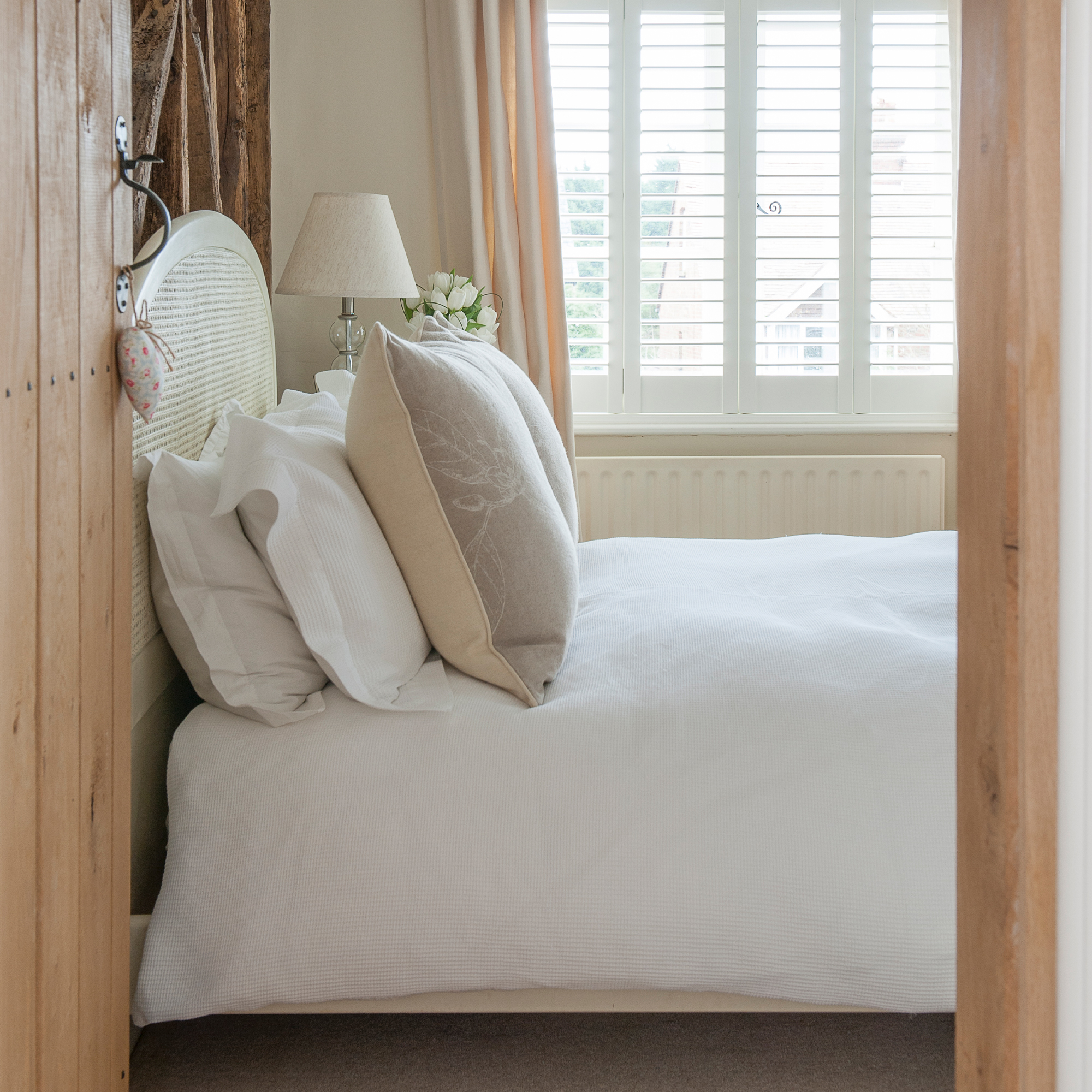
Back sleepers
'A medium-thin pillow that supports the natural curve of your neck works well for back sleepers,' says osteopath Dave Gibson. 'If you are a back sleeper then you will need a much thinner pillow with minimal support,' agrees Hannah Shore.
'Technically your pillow should hold your head in the same position as it would be if you were standing upright with good posture,' Dave continues. 'Too low and your head falls back creating pressure in the neck. Too high and it tends to leave the neck muscles stiff'.
The memory foam Panda Hybrid Bamboo Pillow or The White Company Luxury Hungarian Goose Down Pillow are both good medium-loft options for back sleepers.
'For added comfort, place a small pillow under your knees to reduce pressure on your lower back,' Dave suggests.
Stomach sleepers
'Front sleepers should use a very thin pillow or none under their head to avoid neck strain, plus a small pillow under the abdomen for lower back support,' says Dave Gibson.
'Generally, stomach sleepers would benefit most from a soft pillow which will be squashier with less loft,' agree Jonathan and Emily Attwood. 'These low-loft pillows will minimise neck strain'.
I've found the Dorma Hungarian Goose Down 'Soft Support' Pillow or the more affordable M&S Collection 2pk Duck Feather & Down Soft Pillows are low loft options that work well for stomach sleepers.
'However, I recommend that you learn to sleep in another position if this is your preferred sleep position,' says osteopath Dave Gibson. That's because stomach sleeping 'twists the neck and can cause long-term strain'.
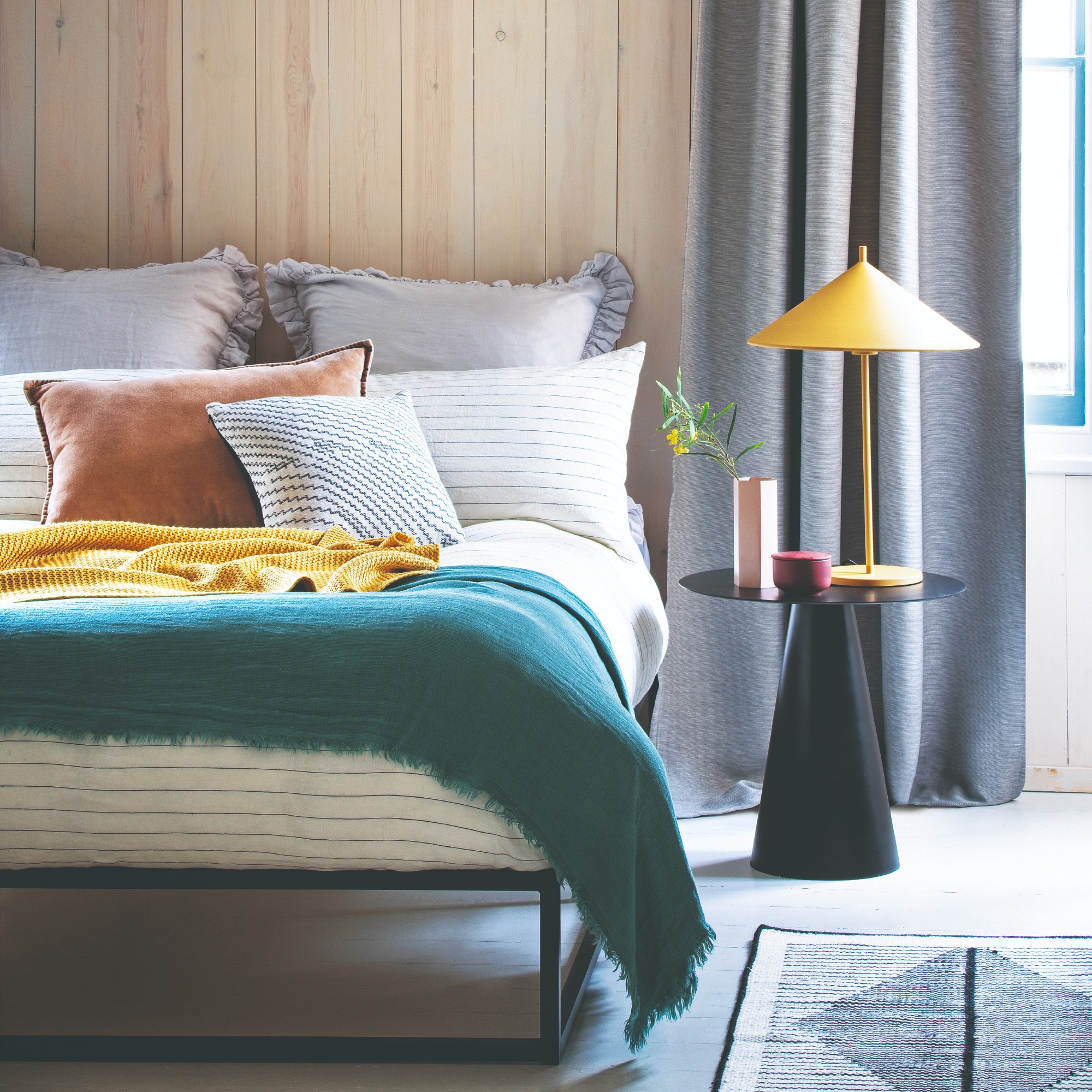
Combination sleepers
But what if, like me, you're an active sleeper who changes position a lot during the night? I've found a squashy feather and down pillow is the best bet here as you can scrunch it up to make it higher for side sleeping or flatten it down if you move onto your back or stomach.
'For combination sleepers, a low to medium pillow can often offer the balance of support and flexibility across all sleeping positions,' confirm Jonathan and Emily Attwood.
2. Get your pillow firmness right
Secondly, you'll want to consider whether you opt for a soft or a firm pillow. Although there is some degree of personal preference to this, again, considering your sleeping position is vital.
You want to match the pillow firmness to your favourite sleeping position' say Jonathan and Emily Attwood. 'Side sleepers often need a firmer pillow to maintain neck alignment, whilst stomach sleepers may benefit more from a softer pillow to avoid excessive neck extension'.
'Pillow firmness depends on your sleeping position,' agrees osteopath Dave Gibson. 'For back and side sleepers, a firmer pillow offers better neck support. If sleeping face down, a thin, soft pillow (or none) is recommended,' Dave continues.
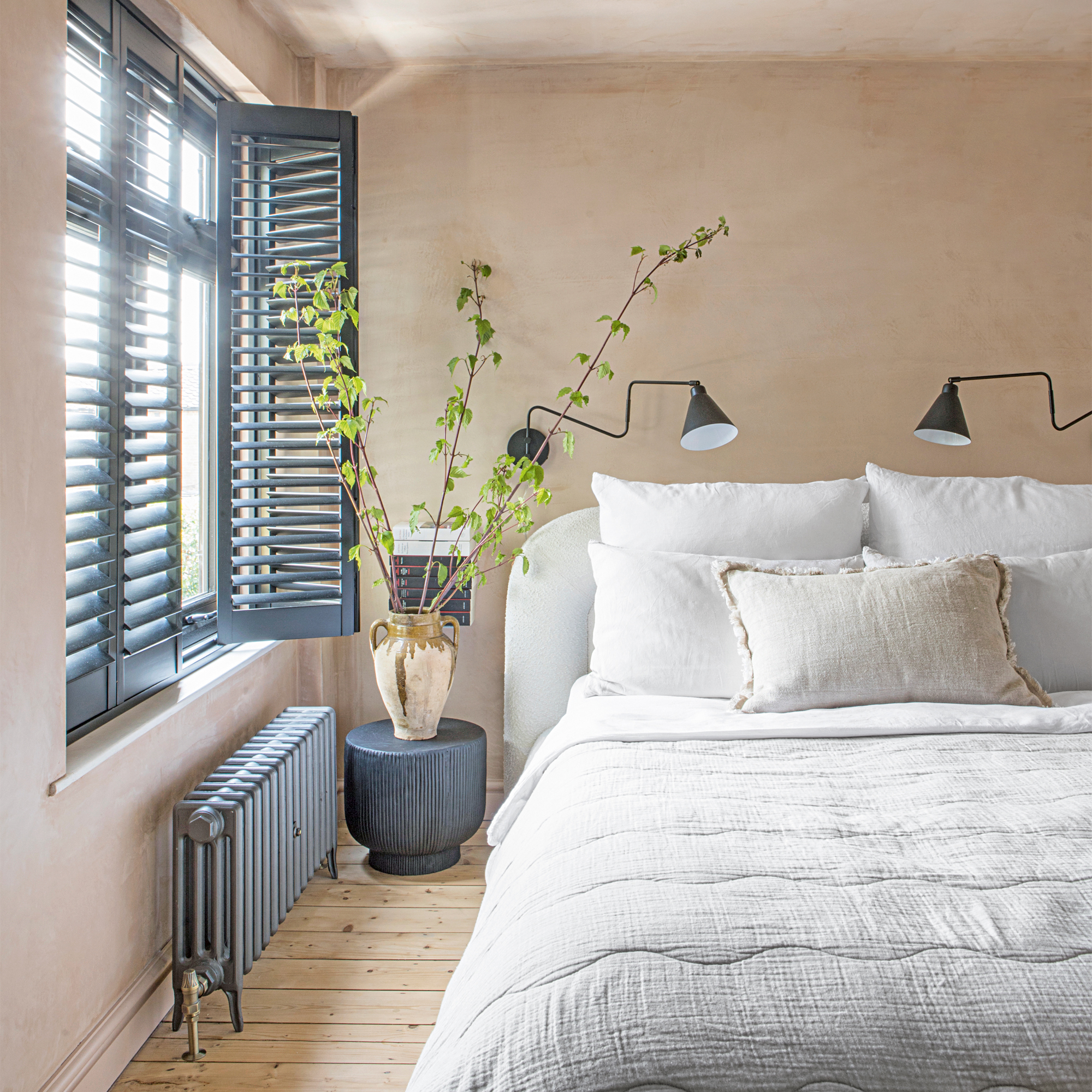
3. Find your preferred pillow filling
The third step in the pillow-choosing formula, is to consider your pillow filling. This largely comes down to personal preference, as each pillow fill has its benefits and disadvantages, such as offering a cooler sleep, helping reduce allergies, or being easy to wash. You can find out more in our guide to the best filling for a pillow.
However, it is still important that your preferred fill works with your sleeping position. 'Fill type is a personal choice,' agrees Dave Gibson, 'but ensure it supports your neck in neutral alignment with the rest of your spine'.
'Does your pillow need to be firm and keep its shape all night through?' asks sleep expert Hannah Shore. If you're a side sleeper the answer is, yes. In this case a dense fill, such as memory foam can work best. 'Or are you a scruncher?' asks Hannah. In this case, squashier filling, such as feather and down or an airy microfibre might suit you better.
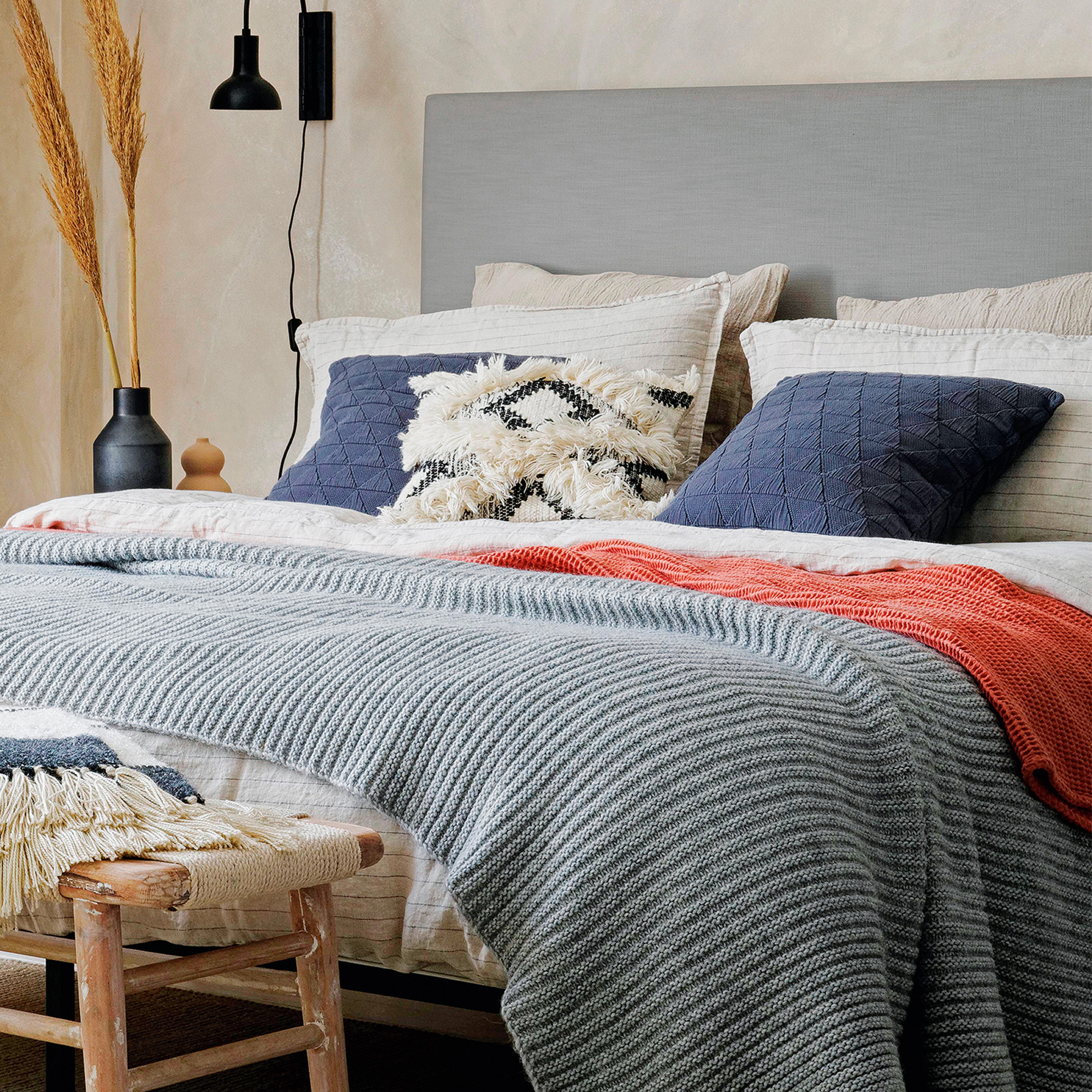
Our expert panel

A registered osteopath and stress management coach specialising in sleep, Dave Gibson is founder of the The Sleep Site which shares his 20 years of experience in guiding people to better well-being.
The resident osteopath for BBC’s Strictly Come Dancing, Dave has also worked within the NHS developing workshops for staff on Sleep and Wellbeing.

A graduate of the Sleep Medicine program at the University of Oxford, Hannah Shore is the Head of Sleep Science at Mattress Online, where she combines her expertise in biomechanics with her passion for improving sleep.
Hannah has presented her research into sleep at the World Sleep Society Conference and the European Sleep Research Society.

Jonathan and Emily Attwood are husband-and-wife founders of luxury bedding brand scooms.
Specialising in Hungarian goose feather and down bedding, scooms manufactures bed linen, duvets, mattress toppers, and, of course, pillows.
FAQs
How do you tell if a pillow is good for you?
There's one foolproof way to tell if a pillow is good for you. 'Simply put, you should find it comfy' says sleep scientist Hannah Shore. 'A pillow should allow you to sleep throughout the night without you waking up due to being uncomfortable, if you find yourself rearranging your pillows a lot throughout the night, chances are that pillow isn’t for you'.
How do you tell if your pillow is the right height?
How do you tell if you've found the right height pillow? 'Have a partner take a photo to check if your spinal alignment is correct' says Dave.
This can be especially helpful if you sleep on your side; if you've got the pillow height right, then when you're laid on your side your spine should be in a relatively straight line from the base of your spine to the crown of your head.
Think of your spine like a hosepipe and avoid putting any kinks in that hosepipe. If your neck is bent upwards your pillow is too high. If your neck is dropping down your pillow is too low.
So there we go, everything you need to know about how to choose the right pillow for you!
Get the Ideal Home Newsletter
Sign up to our newsletter for style and decor inspiration, house makeovers, project advice and more.

Amy is Ideal Home’s Sleep Editor and the Ideal Home Certified Expert on Sleep. She's spent the last four years researching and writing about what makes for the best night’s sleep during the day and testing out sleep products to find the best-in-class by night. So far she’s clocked up over 10,000 hours of pillow, duvet, and mattress testing experience.
Our go-to for all things sleep-related, she’s slept on and under bestselling products from Simba, Emma, Hypnos, Tempur, Silentnight, Panda, and many many more.
As a hot sleeper, Amy is always on the lookout for the most breathable bedding, but she also leads a wider team of testers to ensure our product testing encompasses both hot sleepers, cold sleepers, front sleepers, back sleepers, side sleepers, and everything in-between.
You must confirm your public display name before commenting
Please logout and then login again, you will then be prompted to enter your display name.
-
 I finally got my hands on the sellout Morris & Co armchair from Habitat, and it looks even better in person
I finally got my hands on the sellout Morris & Co armchair from Habitat, and it looks even better in personIt's back in stock, and well worth the wait
By Rebecca Knight
-
 How to stratify seeds – gardening pros swear by this secret to a thriving garden
How to stratify seeds – gardening pros swear by this secret to a thriving gardenThis little-known secret is a must for a lush garden this year
By Kayleigh Dray
-
 Cinema sofas are this year's breakout furniture trend, but are you a fan of this controversial sofa style?
Cinema sofas are this year's breakout furniture trend, but are you a fan of this controversial sofa style?Let us know in the comments
By Rebecca Knight